CineMaierson: “Incredibles 2” Review
“Incredibles 2” marks a triumphant return for Pixar’s legendary super-powered family.
June 28, 2018
Equipped with barely functioning eyes, a laptop and no experience whatsoever, Senior Assignments Editor Eli Maierson reviews the latest the theater has to offer in “CineMaierson.”
“The Incredibles” is one of those films engraved in my life, as much a part of my childhood as my green, plastic swing set. My sister and I often revisit it, smiling the whole way through.
So many moments from the original are rooted deep in my skull: Mirage holding her wine glass from the bottom, Dash giggling as he sprints across a lake, Mrs. Incredible restraining her kids with elastic arms. Like all who grew up with the movie, my anticipation for “Incredibles 2” had been building for nearly a decade and a half.
But Pixar sequels scare me. Since their acquisition of the company, Disney has seen fit to create many meaningless sequels (see “Cars 2,” “Cars 3,” “Finding Dory”) for great stand-alone movies, exchanging quality and true heart for dollars and cents. “Incredibles 2,” for all its hype accumulating over 14 years, left me anxious as I took my seat in a packed RPX.
Luckily for all who adore the original, “Incredibles 2” was mostly worth the wait.
“Incredibles 2” starts where the original finished: in a parking lot, as the family prepares to take on The Underminer (John Ratzenberger). The opening action sequence is as epic and gigantic as nearly anything I’ve seen from Marvel this year. Watching the team and Frozone (Samuel L. Jackson reprises his role) take down a big baddie will flood any high schooler with nostalgia from the original.
After the brawl, the film returns to what made the original so great: the story of the family behind the powers. As Mrs. Incredible (Holly Hunter) returns to heroism to advocate for the legalisation of superheroes, Mr. Incredible (Craig T. Nelson) faces an equally daunting challenge: parenting.
Mr. Incredible’s greatest dilemma as a dad is also his funniest: baby Jack-Jack (Eli Fucile and Maeve Andrews), equipped with a limitless supply of powers, is hilarious, adorable and memorable. He stays funny throughout without falling into the category of needless joke characters (see Dante in “Coco”).
Jack-Jack’s antics lead to a sweet cameo from Edna Mode (voiced again by director Brad Bird). She and Jack-Jack have great chemistry on-screen, and her minor appearance feels criminal.
From an animation standpoint, the film is gorgeous. Characters’ eyes and hair have been given an extra layer of detail that sets the movie apart from the early Pixar works. It swaps the drab, dark palate of the original for a bright, shining look. The change in color matches the movie’s tone: “Incredibles 2” is considerably lighter than its predecessor visually and narratively.
This happier tone does not necessarily mean a better movie. In many Pixar classics, one scene stands above the rest as a true masterwork of animation, and tears often ensue. Think “Up’s” opening montage, Wall-E and Eve dancing in space, Andy playing with his toys in “Toy Story 3.” They’re present in “Coco,” in “Monsters Inc.,” in “Inside Out” and in “Finding Nemo.” “Incredibles 2,” like most Pixar sequels, sacrifices any hope of a truly moving moment for a sunnier attitude.
Nonetheless, “Incredibles 2” is an exciting ride with a much deeper message beneath its surface. The film feels like a superpowered retelling of the legalisation of gay marriage. Supers have been forced to hide who they really are for decades, and constantly fight for the ability to lead normal lives free of prejudice. They are blamed for disasters and events beyond their control, perhaps an analogy to the HIV/AIDS crisis of the 1980s.
We see Mrs. Incredible’s transformation into a champion for the rights of supers and the group of followers that emerge. Protesters cheer her arrival, calling for a revision of the current laws. She even makes other supers proud of their identity, as we hear from Voyd: “I felt like an outcast before. But now, with you being you, I feel like, yay me.”
Mr. and Mrs. Incredible’s conversations further this idea. Mrs. Incredible argues that their kids must follow the law, while Mr. Incredible preaches the self-acceptance of supers and a message of civil disobedience reminiscent of Dr. Martin Luther King, Jr.
While the message is heartwarming, most of the supers introduced in this movie are forgettable. Exiting the theater, the only name I remembered was Voyd, and even she suffered from a lack of screen time and character development.
Excellent villains don’t come from superpowers or scary costumes; they are relatable. Syndrome, the wicked redhead from the original, was easy to empathize with. He idolized Mr. Incredible, only to discover that his hero was not as super as he imagined. Every audience member has been hit with a similar reality check.
The weak antagonist of “Incredibles 2” is its main error. Screenslaver, by comparison to Syndrome, falls miserably short of the mark. I’m not an expert on story nor narrative, and yet I was able to predict the true identity of Screenslaver in the first act, despite the “twist” later in the film. In a year where Andy Serkis’ Ulysses Klaue, Michael B. Jordan’s Killmonger and Josh Brolin’s Thanos struck real fear into the hearts of moviegoers, Screenslaver is simply not up to par.
“Incredibles 2” is a film that will be liked by all, loved by many and worshiped by few. While it does not quite reach the impossible benchmark of many other Pixar classics (“Wall-E,” “Up,” “Finding Nemo,” et cetera), it is the strongest Pixar sequel not named “Toy Story 3” and is one of the most enjoyable animated films of this decade. I look forward to seeing “Incredibles 3” with my family sometime in the 2030s.
Rating: 4/5

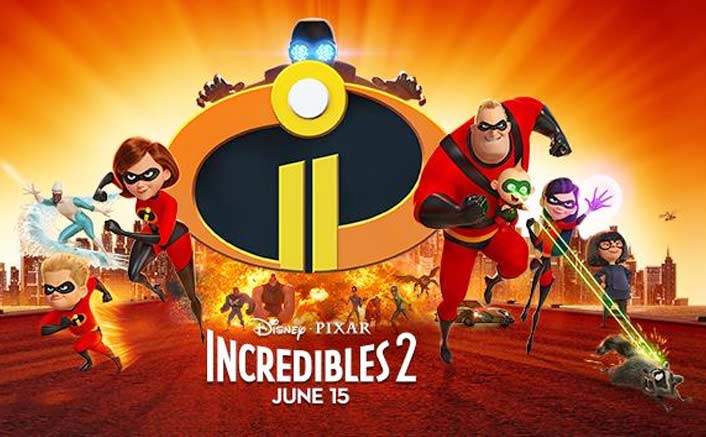




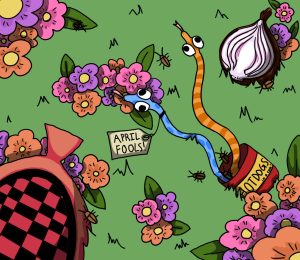
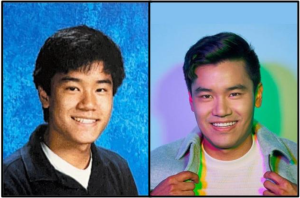


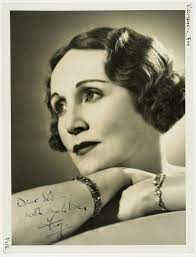
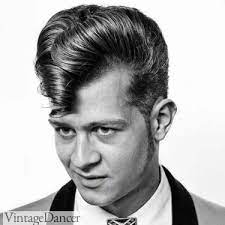
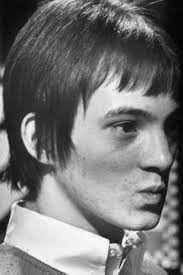



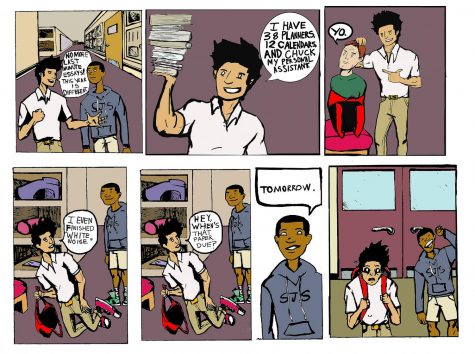
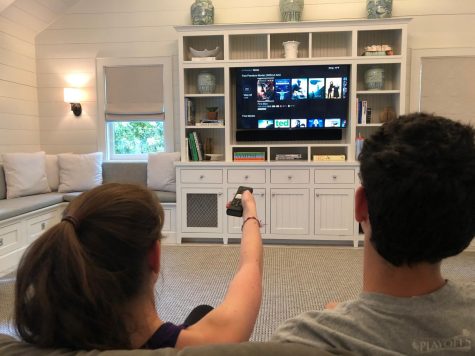
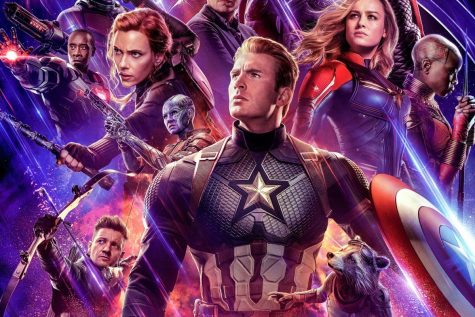

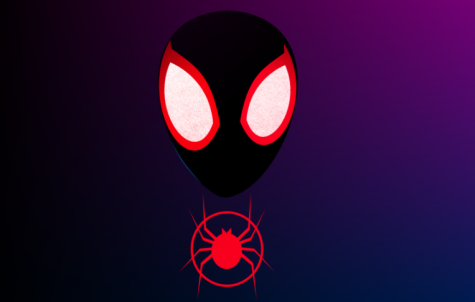
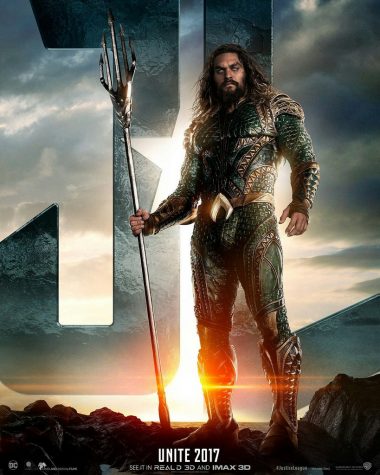

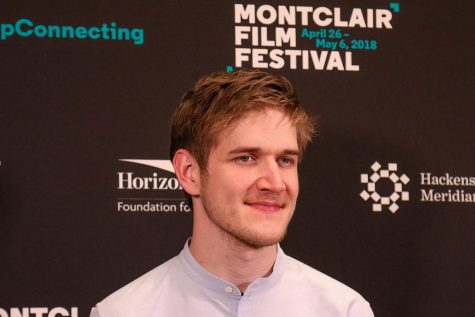

SK • Jun 28, 2018 at 4:05 PM
Let’s hope “Incredibles 3” is just about Edna Mode babysitting Jack-Jack.
S • Jun 28, 2018 at 1:19 PM
Brilliant